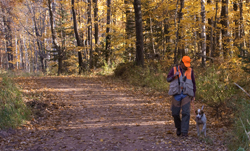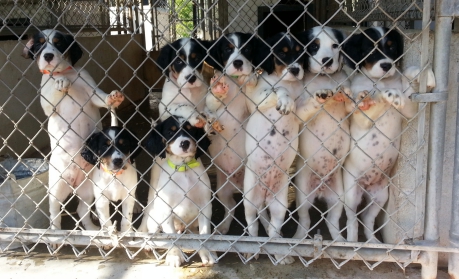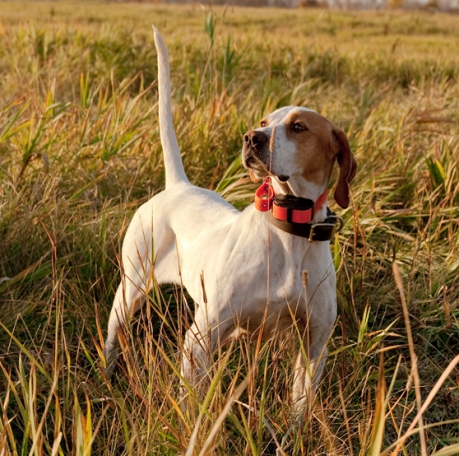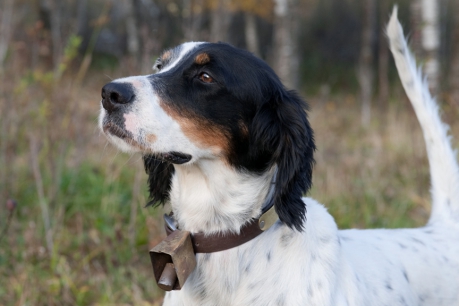Breeding dogs: possibilities and probabilities
possible adj. 1. capable of happening
probable adj. 1. likely to happen
One spring, Betsy and I attended a Ruffed Grouse Society banquet in Superior, Wisc. We had a good time visiting with friends and participating in the fund-raising efforts. Unusual for me, I bought a raffle ticket for a shotgun. With the purchase of that single ticket, it was possible that I could win but not very probable. If I’d bought more tickets, the probability of winning would have increased.
That notion is similar to breeding dogs.
Random matings that don’t take into account hereditary characteristics, called genotype, and observable characteristics, called phenotypes, can produce an outstanding puppy. It is possible. Is it probable? Not very. Could that breeding produce an entire litter of outstanding puppies? Still possible but even less probable.
Let’s move the odds from possible toward probable. What if the two dogs that are bred are similar in phenotype and genotype and both are physically robust, mentally sound, naturally talented, easy-to-train dogs? Now probability improves.
What if those two dogs came from litters where each puppy was physically robust, mentally sound, naturally talented and easy-to-train? Probability increases further.
Finally, what if those two dogs and their siblings, and all of their grandparents and great grandparents and their siblings, were physically robust, mentally sound, naturally talented, easy-to-train dogs? Now, it’s entirely probable that all puppies in the litter will be physically robust, mentally sound, naturally talented, easy-to-train dogs.
And that’s just what a good, solid, long-term breeding program tries to do. Knowledge, experience, hard work, expense and patience are crucial. A truly consistent breeding program requires many years and perhaps even decades.
Is it worth it to you? Is finding a breeder with those qualifications worth it to you? That depends how badly you want to win the raffle.







